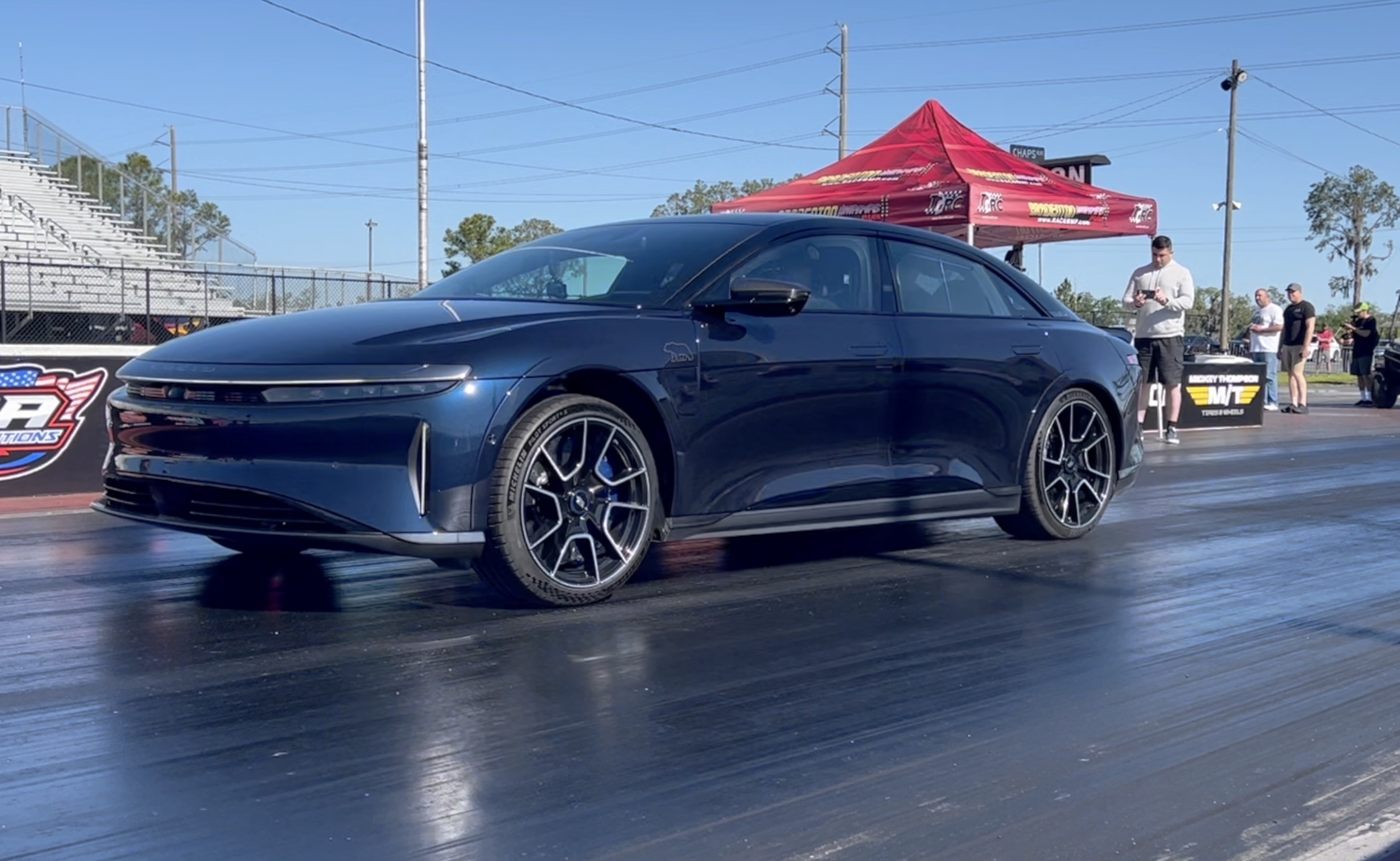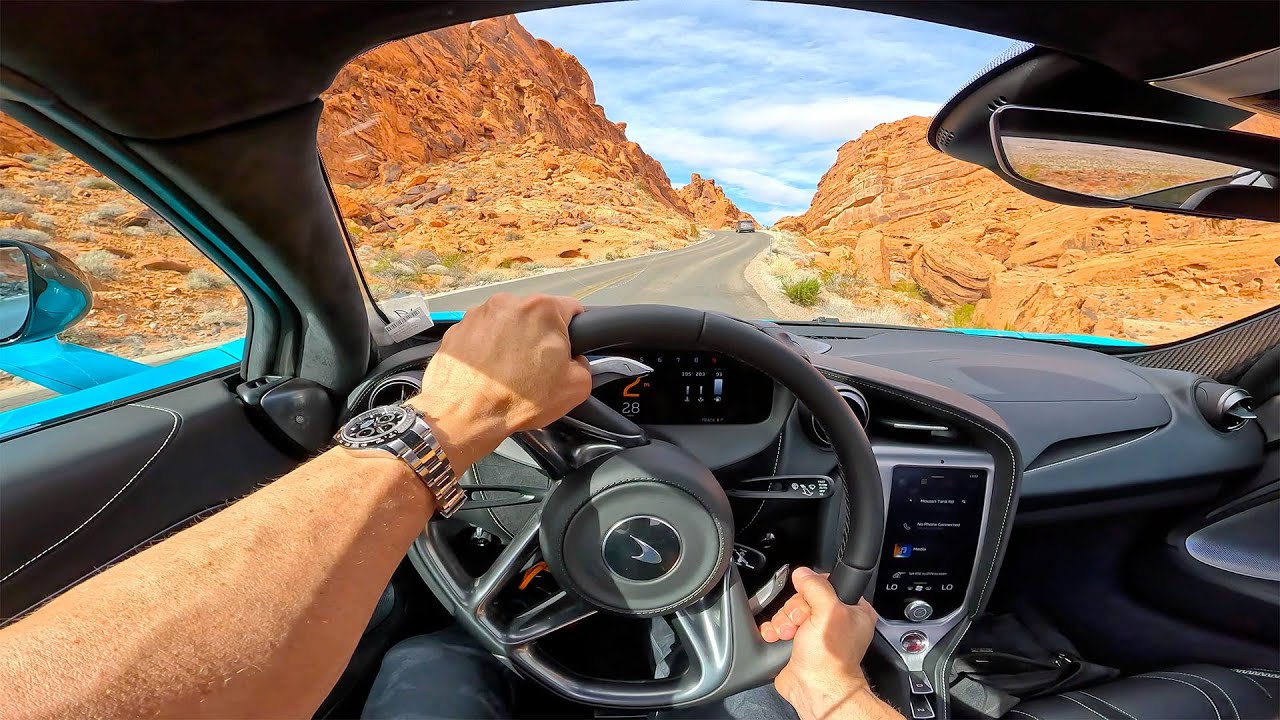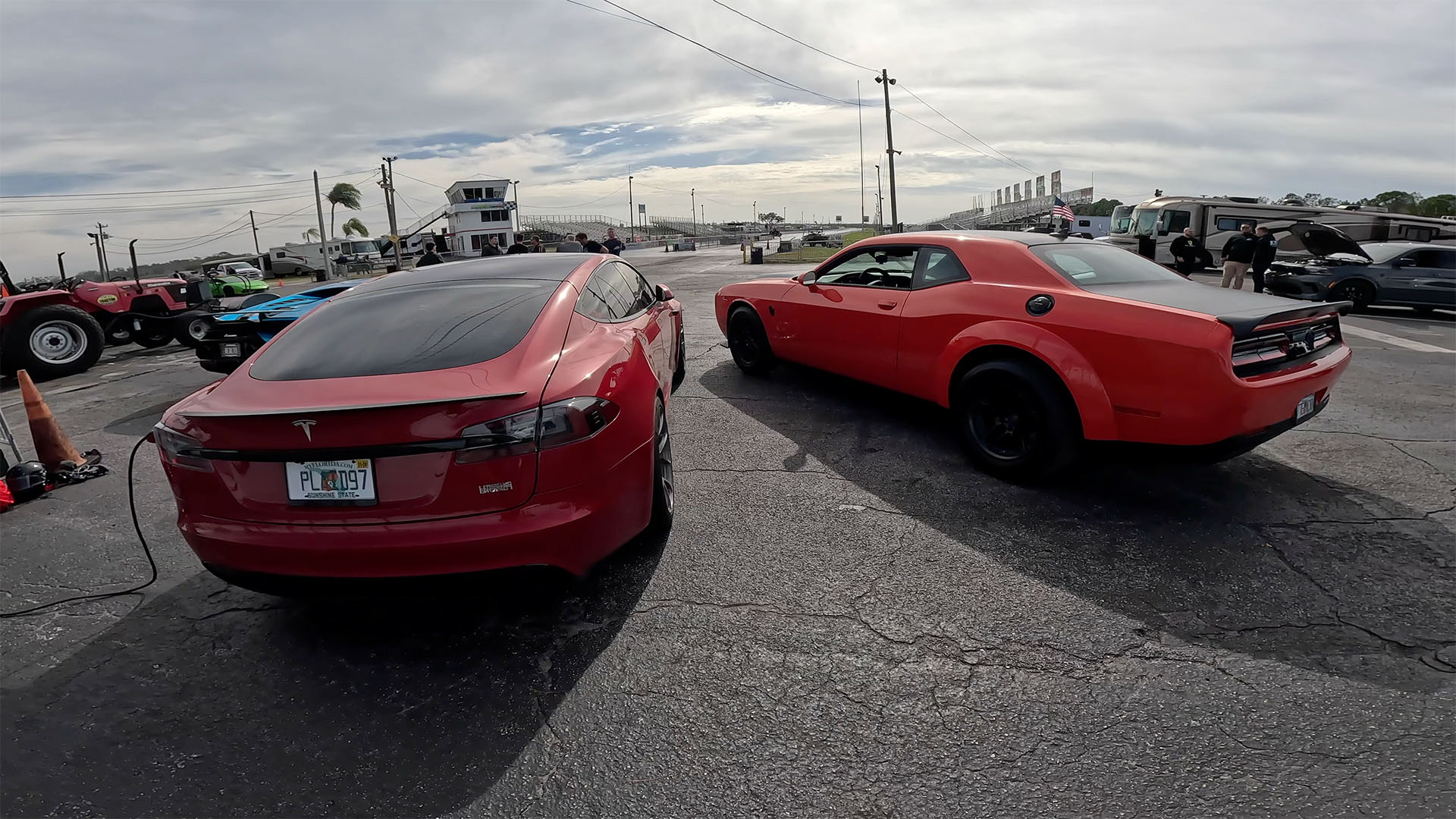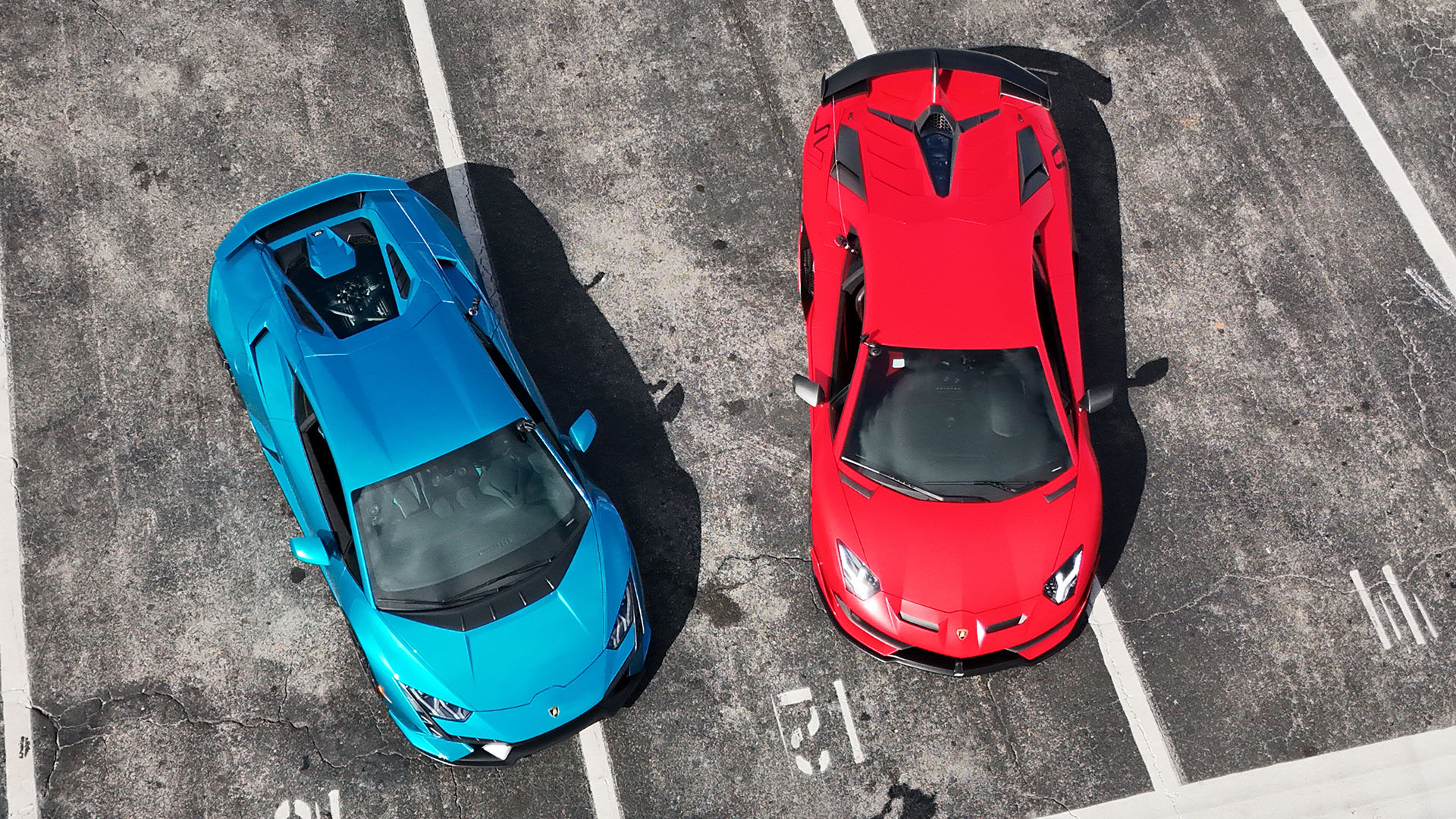
New Upstream Air/Fuel Oxygen Sensor O2 Fit For 03-12 Toyota RAV4 Camry 2.4 3.5L For Sale
When you click on links to various merchants on this site and make a purchase, this can result in this site earning a commission. Affiliate programs and affiliations include, but are not limited to, the eBay Partner Network.
New Upstream Air/Fuel Oxygen Sensor O2 Fit For 03-12 Toyota RAV4 Camry 2.4 3.5L:
$31.99
Welcome to our store,We carry Replacement Auto Parts at the Most Factory Prices of Cars and Trucks. QS9001 and ISO9001 certified,Quality and Accuracy (Right parts of your car) Price and Service Shipping Time for you. Please contact freely if you have any questions about a part, We are proud to offer you the best price and fastest service.Specification:
- O2 Sensor Configuration: Direct Fit
- Position: Upstream
- Sensor Type: Heated
- Wires Quantity: 4 Wire Leads
- Installation Type: Screw
- Interchange Part Number:89467-72010 234-9049
8946706070 2349049, 8946708050, 8946708030, 8946708070, 894670R010,
8946733160, 24662, 24837, 15197, 15692, SU11296, 5S9843
2003-2011 Toyota Camry 2.4L L4 Upstream
2007-2007 Toyota Camry 3.5L V6 Upstream Left
2001-2003 Toyota Highlander 2.4L L4 Upstream
2004-2008 Toyota RAV4 2.4L L4 Upstream
2006-2012 Toyota RAV4 3.5L V6 Upstream Left
2007-2010 Toyota Sienna 3.5L V6 Upstream Left
2004-2008 Toyota Solara 2.4L L4 Upstream
2005-2010 Scion TC 2.4L L4 Upstream
2008-2015 Scion XB 2.4L L4 Upstream
2007-2007 Lexus ES350 3.5L V6 Upstream Left
2007-2011 Lexus RX350 3.5L V6 Upstream Left
2010-2010 Lexus RX450h 3.5L V6 Upstream LeftFeature:
- Corrosion-resistant stainless steel construction
- PTFE filter blocks efficiency-robbing contaminants
- Refined zirconia element improves sensor response
- Superior design maximizes engine performance and fuel efficiency while reducing fuel consumption and harmful emissions
- Ensures smog test compliance
Oxygen Sensor Q & A
1. How many oxygen sensors are on today's engines?
It depends on the model year and type of engine. On most four and straight six cylinder engines, there is usually a single oxygen sensor mounted in the exhaust manifold. On V6, V8 and V10 engines, there are usually two oxygen sensors, one in each exhaust manifold. This allows the computer to monitor the air/fuel mixture from each bank of cylinders.
On later model vehicles with OBD II (some 1993 and '94 models, and all 1995 and newer models), one or two additional oxygen sensors are also mounted in or behind the catalytic converter to monitor converter efficiency. These are referred to as the downstream O2 sensors, and thee will be one for each converter if the engine has dual exhausts with separate converters.
2. How are the oxygen sensors identified on a scan tool?
When displayed on a scan tool, the right and left upstream oxygen sensors are typically labeled Bank 1, Sensor 1 and Bank 2, Sensor 1. The Bank 1 sensor will always be on the same side of a V6 or V8 engine as cylinder number one.
On a scan tool, the downstream sensor on a four or straight six cylinder engine with single exhaust is typically labeled Bank 1, Sensor 2. On a V6, V8 or V10 engine, the downstream O2 sensor might be labeled Bank 1 or Bank 2, Sensor 2. If a V6, V8 or V10 engine has dual exhausts with dual converters, the downstream O2 sensors would be labeled Bank 1, Sensor 2 and Bank 2, Sensor 2. Or, the downstream oxygen sensor might be labeled Bank 1 Sensor 3 if the engine has two upstream oxygen sensors in the exhaust manifold (some do to more accurately monitor emissions).
It's important to know how the O2 sensors are identified because a diagnostic trouble code that indicates a faulty O2 sensor requires a specific sensor to be replaced. Bank 1 Sensor 1 might be the back O2 sensor on a transverse V6, or it might be the one on the front exhaust manifold. What's more, the O2 sensors on a transverse engine might be labeled differently than those on a rear-wheel drive application. There is not a lot of consistency as from one vehicle manufacturer to another as to how O2 sensors are labeled, so always refer to the OEM service literature to find out which sensor is Bank 1 Sensor 1 and which one is Bank 2 Sensor 1. This information can be difficult to find. Some OEMs clearly identify which O2 sensor is which but others do not. If in doubt, call a dealer and ask somebody in the service department.
3.How does a downstream O2 sensor monitor converter efficiency?
A downstream oxygen sensor in or behind the catalytic converter works exactly the same as an upstream O2 sensor in the exhaust manifold. The sensor produces a voltage that changes when the amount of unburned oxygen in the exhaust changes. If the O2 sensor is a traditional zirconia type sensor, the voltage output drops to about 0.2 volts when the fuel mixture is lean (more oxygen in the exhaust). When the fuel mixture is rich (less oxygen in the exhaust), the sensor's output jumps up to a high of about 0.9 volts. The high or low voltage signal tells the PCM the fuel mixture is rich or lean.
On some newer vehicles, a new type of Wide Ratio Air Fuel (WRAF) Sensoris used. Instead of producing a high or low voltage signal, the signal changes in direct proportion to the amount of oxygen in the exhaust. This provides a more precise measurement for better fuel control. These sensors are also called wideband oxygen sensors because they can read very lean air/fuel mixtures.
The OBD II system monitors converter efficiency by comparing the upstream and downstream oxygen sensor signals. If the converter is doing its job and is reducing the pollutants in the exhaust, the downstream oxygen sensor should show little activity (few lean-to-rich transitions, which are also called "crosscounts"). The sensor's voltage reading should also be fairly steady (not changing up or down), and average 0.45 volts or higher.
If the signal from the downstream oxygen sensor starts to mirror that from the upstream oxygen sensor(s), it means converter efficiency has dropped off and the converter isn't cleaning up the pollutants in the exhaust. The threshold for setting a diagnostic trouble code (DTC) and turning on the Malfunction Indicator Lamp (MIL) is when emissions are estimated to exceed federal limits by 1.5 times. SeeTroubleshooting a P0420 Catalyst Codefor more info about converter problems.
If converter efficiency had declined to the point where the vehicle may be exceeding the pollution limit, the PCM will turn on the Malfunction Indicator Lamp (MIL) and set a diagnostic trouble code. At that point, additional diagnosis may be needed to confirm the failing converter. If the upstream and downstream O2 sensors are functioning properly and show a drop off in converter efficiency, the converter must be replaced to restore emissions compliance. The vehicle will not pass an OBD II emissions test if there are any converter codes in the PCM.
4. What's the difference between a "heated" and "unheated" oxygen sensor?
Heated oxygen sensors have an internal heater circuit that brings the sensor up to operating temperature more quickly than an unheated sensor. An oxygen sensor must be hot (about 600 to 650 degrees F) before it will generate a voltage signal. The hot exhaust from the engine will provide enough heat to bring an O2 sensor up to operating temperature, but it make take several minutes depending on ambient temperature, engine load and speed. During this time, the fuel response control system remains in "open loop" and does not use the O2 sensor signal to adjust the fuel mixture. This typically results in a rich fuel mixture, wasted fuel and higher emissions.
By adding an internal heater circuit to the oxygen sensor, voltage can be routed through the heater as soon as the engine starts to warm up the sensor. The heater element is a resistor that glows red hot when current passes through it. The heater will bring the sensor up to operating temperature within 20 to 60 seconds depending on the sensor, and also keep the oxygen sensor hot even when the engine is idling for a long period of time.
Heated O2 sensors typically have two-three or four wires (the extra wires are for the heater circuit). Note: Replacement O2 sensors must have the same number of wires as the original, and have the same internal resistance.
The OBD II system also monitors the heater circuit and will set a trouble code if the heater circuit inside the O2 sensor is defective. The heater is part of the sensor and cannot be replaced separately, so if the heater circuit is open or shorted and the problem is not in the external wiring or sensor connector, the O2 sensor must be replaced.
When troubleshooting oxygen sensor problems with a scan tool, you may find a diagnostic trouble code for one of the O2 sensors. The code displayed on your scan tool will indicate the type of fault, and identify one of the oxygen sensors by its position in the exhaust system.
The oxygen sensor'slocationwill be identified by position (sensor 1, sensor 2 or sensor 3), and by cylinderbank(bank 1or bank 2).
Most latemodelengines have multiple oxygen sensors, so which one is sensor 1, 2 or 3, and how do you know which cylinder bank is 1 or 2?
On straight four and six cylinder engines, there is only one bank of cylinders. So all of the oxygen sensors will bebank 1. The oxygen sensor or Air/Fuel sensor closest to the engine in the exhaust manifold will always be Sensor 1. The O2 sensor located in or behind the catalytic converter will be Sensor 2.
Thelocationof the number one cylinder on import engines will vary depending on the year/make/model. One way to find number one cylinder so you can identifybank 1is to look at the ignition system. If it has a distributorless ignition system (DIS) or a coil-on-plug (COP) ignition, the plug wires or coils may have lettering or marking indicating the cylinder numbers.
If a V6, V8 or V10 engine has dual exhausts with dual converters, the downstream O2 sensors would be labeledBank 1, Sensor 2 and Bank 2, Sensor 2. Or, the downstream oxygen sensor might be labeledBank 1Sensor 3 if the engine has two upstream oxygen sensors in the exhaust manifold (some do to more accurately monitor emissions).
On V6 and V8 engines, Sensor 1 will always be on the SAME side as the Number ONE cylinder in the engine's firing order.
On Ford V6 and V8 engines, for example, cylinder number one is typically the RIGHT front cylinder on the passenger side in a rear-wheel drive car ortruck.On a Ford front-wheel drive car or Minivan with a transverse (sideways) mounted engine, the number one cylinder is on theback sideof the engine (closest to the firewall) on the right (passenger side) of the engine.On GM and Chrysler V6 and V8 engines, cylinder number one is typically the LEFT front cylinder on the driver's side in a rear-wheel drive car ortruck.On a GM front-wheel drive car or Minivan with a transverse (sideways) mounted engine, the number one cylinder is on the front side of the engine (closest to the radiator) on the right (passenger side) of the engine.
On a Chrysler front-wheel drive car or Minivan with a transverse (sideways) mounted engine, the number one cylinder is on theback sideof the engine (closest to the firewall) on the right (passenger side) of the engine (like a Ford).
It's important to accurately identify which oxygen sensor is which so you can replace the correct sensor.
Oxygen sensors are expensive and difficult to replace, so you want to make sure you have the correctlocationbefore you replace anything.
Service Guidance
Welcome to our store, we carry Replacement Auto Parts at the Most Factory Prices of Cars and Trucks. Based on Factories Supply Chain , High Quality and Good Reputation in the Field, we look forward to serve you for your vehicle needs!- Quality and Accuracy (Right parts of your car)
- Price and Service
- Shipping Time
Payment
- We accept payments via Paypal.
- Visa / MasterCard, Discover, American Express
- Items will be shipped within 24 hours After complete the payment. Saturday – Sunday (Not Included)
- We only ship to Paypal Confirmed Address.
- If you are not satisfied with the item when you received it, please contact us as soon as possible, we will do our best to meet your satisfaction.
- Please do not leave a negative response before contacting us.
- If you want to return the item for exchange or refund, please contact us within 2 weeks after received.
- Return postage is at buyer expense, unless the return is due to a verifiable fault at our end.
- Please keep the packing stuff after you get the package, as sometimes it will be used if there is any problem.
- You have 30 Days for return the item.
Your satisfaction is the most important thing we pursue. We always strive for all 5 star DSR (Detailed Seller Ratings) and POSITIVE response. If you have any questions/complaints please feel free to contact us before leave response. You can leave us message at any time and we will try our best to solve the problem as soon as possible.A reciprocal positive response will be left for all the ones received.On Jul 5, 2022 at 17:43:14 PDT, seller added the following information:











